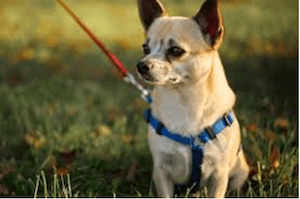Risks
Different areas around the home can put you at risk of a fall. Here are some tips on accident-proofing your home and preventing falls.
1. Walkways
- No clutter
- No cords
- No obstructions
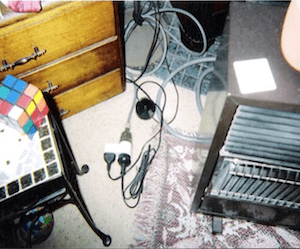
- Free from clutter
- Keep furniture out of hallways
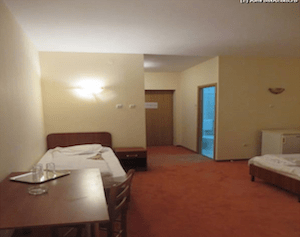
2. Floor covering
- No threadbare carpets
- No cracked or missing tiles
- No badly fitting carpet
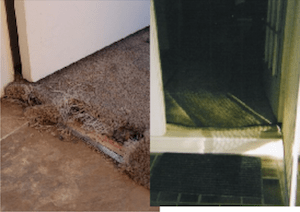
- Carpets lie flat
- Even, level walking surfaces
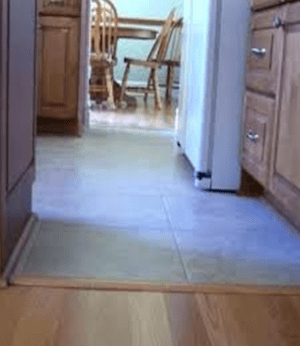
3. Slippery floors
- No slippery tiles outside
- No slippery tiles in the bathroom
- No slippery tiles in the kitchen or laundry
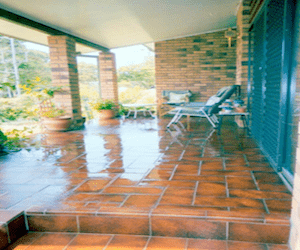
- Use non-slip surface additives
- Keep floor dry
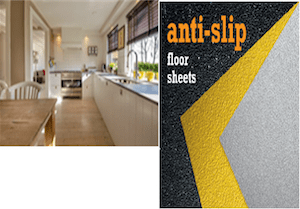
4. Loose mats
- Avoid putting down a loose mat or rug
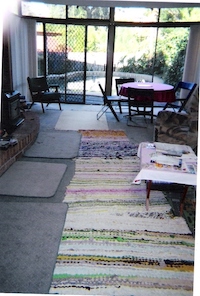
- Take up any loose mats or rugs and ensure floor surface is level
- If necessary only use a large rubber backed mat that does not move
- If necessary secure mats with nails or sticky backed tape to fix to the floor
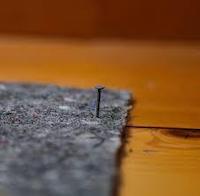
5. Getting on and off the bed
- A bed is too low when seated on the bed, knees are higher than hips
- Don’t use a soft mattress
- Don’t pull up on bedside tables
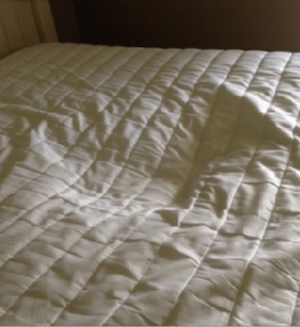
- Firm mattress
- Appropriate height bed
- Sit on the side of the bed for a few minutes before getting up to stand

6. Chair transfers
- No soft cushions
- Chairs that are too low and without accessible arms
- Difficult to stand from a seated position
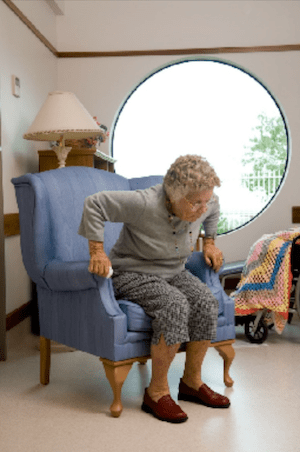
- Appropriate height to allow ease of standing
- Firm supportive cushions
- Accessible arm supports

7. Lighting
- Single lights may not be bright enough
- Avoid glare caused by sunshine coming in through windows
- Avoid shadows across rooms
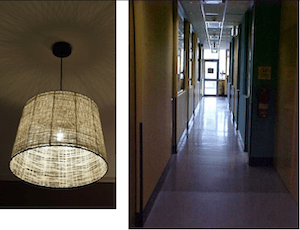
- Use bright enough lighting
- Each room should have at least 75 watts of incandescent lighting in total
- Use night lights

8. Bedside lighting
- Have to get out of bed to switch on a light
- No accessible light switch
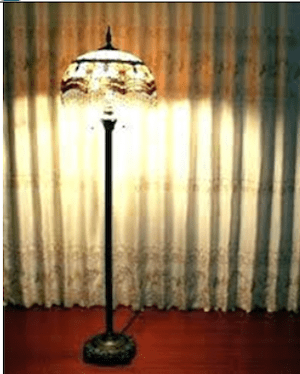
- Accessible bedside lamp from the bed
- Use of a flashlight accessible from the bed
- Use of night lighting to the toilet
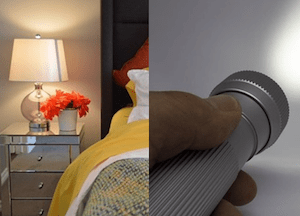
9. Outside lighting
- No lights at front or rear doors
- Lights too dim
- Difficult to identify pathway hazards and steps
- Lights exist over both back and front doors, walkways, and steps
- Light bright enough to see clearly at night
- Use of sensor lights
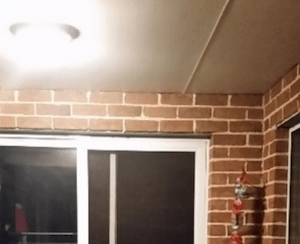
10. Toilet transfer
- Toilet seat is too low
- No grab rails to assist with transfers
- Do not hold on to sink or towel rails for support
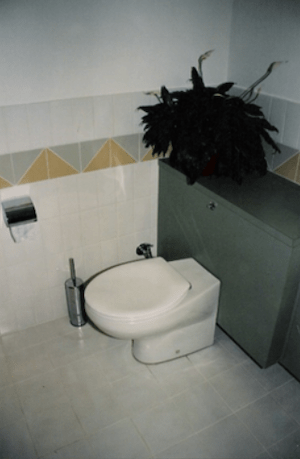
- Toilet at adequate height to ease of transfers
- Grab rails available for support
- Use of raised toilet seat if needed
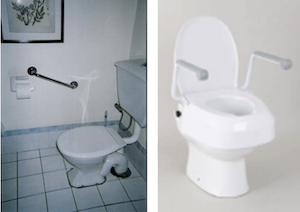
11. Use of the bath/shower over bath
- Difficulty stepping over edge of bath to use shower
- Difficulty sitting down on the base of the bath to bathe
- No grab rails to assist with transfers
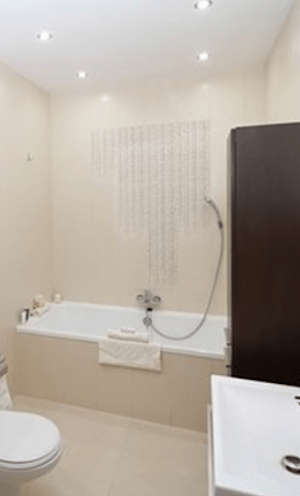
- Use of bath board instead of sitting down in the bath
- Grab rails accessible for support
- Use of a shower hose to bathe
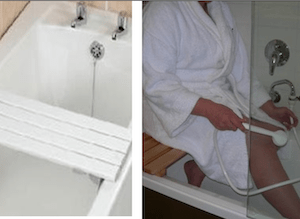
12. Shower access
- Shower doors only allow a narrow entrance
- Shower hob to step over
- Inadequate space for a shower chair if needed
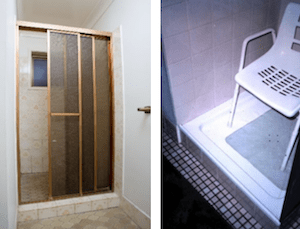
- No shower hob
- Adequate space for a shower chair if needed
- Easy access
- Grab rails available for support
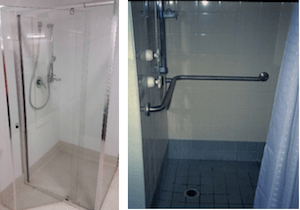
13. Grab rails
- No grab rails only towel rails in the bathroom
- Inappropriately placed grab rails
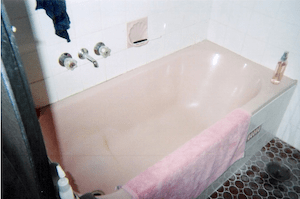
- Appropriately placed rails
- Rails easy to reach
- Rails positioned to avoid reaching

14. Slip resistant mats
- No slip resistant mats used in the shower or bath
- Mats are old or not cleaned adequately
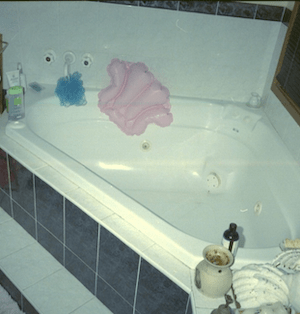
- Slip resistant mats are well maintained, and free of talcum powder and oily bath products
- Non-slip strips used

15. Toilet proximity to bedroom
- Toilet is located outside or on the verandah of the home
- Toilet is located a long walk from the bedroom
- Toilet is located up or down steps from the bedroom

- Toilet is located adjacent to the bedroom
- No steps required to reach the toilet
- Nightlights used on the route to the toilet
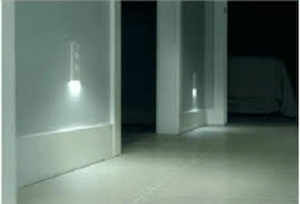
16. Reaching items in the kitchen
- Don’t climb onto chairs or stools to reach items in high cupboards
- Don’t store items in low cupboards that require bending to find
- Avoid the need to use a step ladder

- Store items within easy reach
- Install cupboards using deep drawers to make items more accessible
- Look for new storage ideas

17. Carrying meals
- Avoid carrying meals and drinks as this can decrease balance when walking
- If using a walking aid carrying meals and drinks will be difficult

- Consume meals and drinks in the kitchen where possible
- Use a trolley to move meals to a dining room
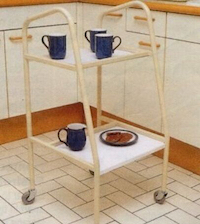
18. Rails on indoor steps/stairs
- No rails on the stairs
- Rails only on one side of the stairs
- Rails are not sturdy, are hard to grip or do not run for the whole length of the stairs
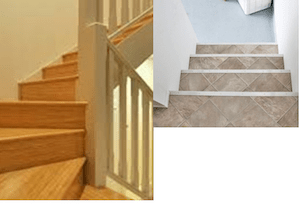
- Rails are accessible for all indoor steps and stairs
- Rails should be provided both sides of stairs
- Rails are sturdy, easy to grip and run for the full length of the stairs
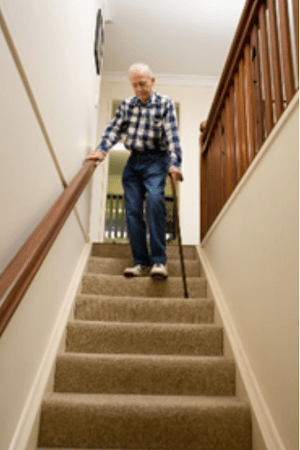
19. Rails on outdoor steps
- Not rails on outdoor steps
- Only decorative rails available
- Rails not strong enough to provide support
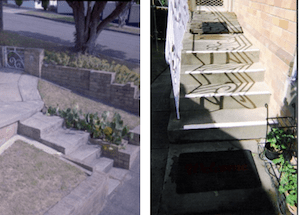
- Rails are securely fixed
- Rails are accessible for the full length of the steps
- Rails are easy to grip

20. Capacity to use steps/stairs
- Steps are too high or too narrow
- Difficulty putting a foot fully on a step tread
- Unable to hold on to anything if in pain or breathless when using steps
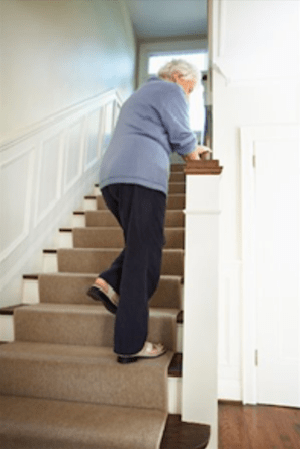
- Step treads are wide enough to place feet fully
- Not incapacitated by pain or breathlessness when using stairs
- Rails allow support to overcome pain and breathlessness
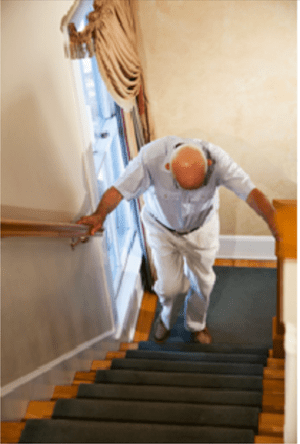
21. Step edges
- Patterned stair or step coverings
- Unable to see the edge of the steps clearly

- Visual contrast to identify step edges
- Colour contrast for the edges of steps
- No patterned floor coverings
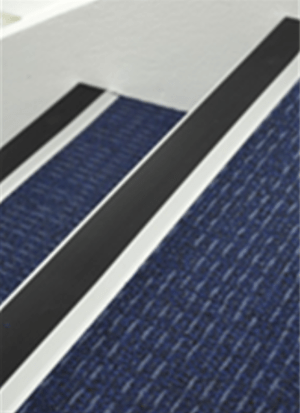
22. Entrance door
- No landing to access entrance doors without reaching to use door handle
- Difficulty bringing in shopping or other items
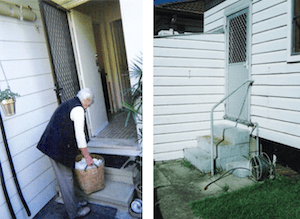
- A landing before door to make access to the entrance doors more accessible
- Locks and bolts are at an appropriate height
- Entrances to apartment buildings are easily accessible
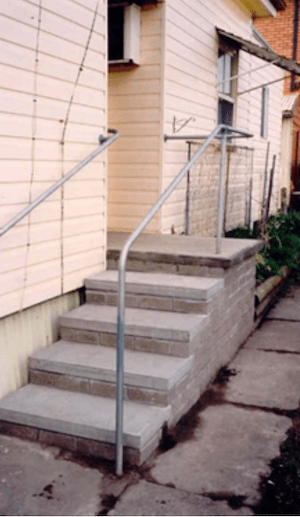
23. Outdoor paths
- Over grown plants/weeds on paths
- Garden hoses encroaching on paths
- Loose pavers
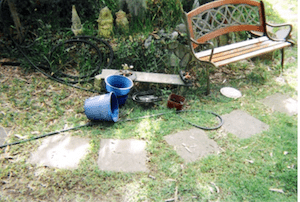
- Paths are clear of tools, plants or moss
- No loose pavers
- No cracked paths

24. Footwear
- Loose slippers
- Flip flops
- Barefoot
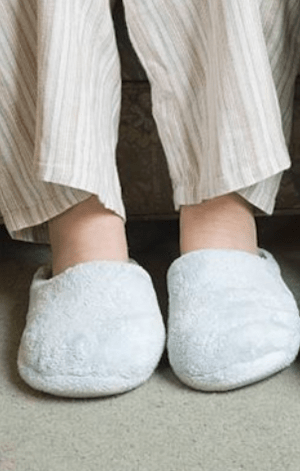
- Supportive, firmly fitting shoes
- Low heels
- Non-slip soles

25. Pets
- Need to bend down to feed pets
- Dogs too active and may jump or pull on leads
- Cats and dogs may get around legs
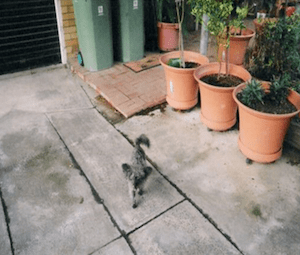
- Train dogs to walk easily on a lead
- Prepare food while the pet in another room
- Use a no bend pet feeder
